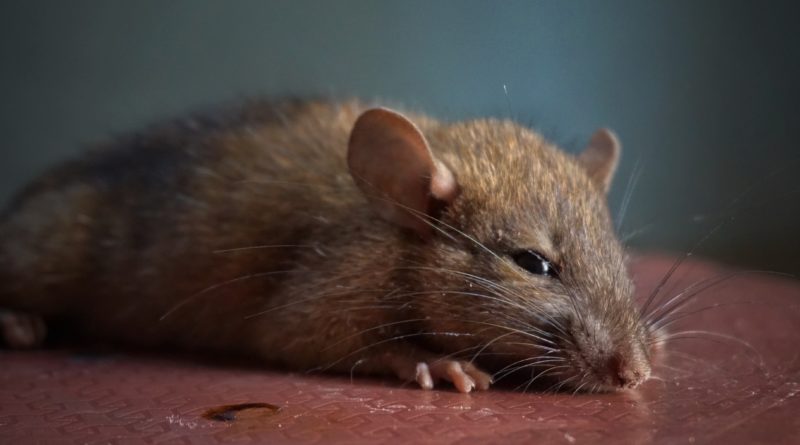Last modified on November 23rd, 2020 at 3:07 am
What Are Some Health Problems That Having Rodents In Your Attic Can Cause?
Have you ever heard a pitter-patter sound coming from your ceiling? If so, there is a decent chance that you have experienced rodents in your attic. While your attic is generally out of sight and out of mind, it is still a part of your home and there are a vast number of issues that can arise if left unchecked.
Rodents, like mice and rats, bring with them a number of different dangers. While some are more obvious, like the damage and destruction that they can cause to your physical home, they also bring a handful of invisible threats that you may not be aware of. Due to their wild nature and the places they tend to call home, rodents can be a horrific vector for spreading disease. Let’s take a look at some of the health problems you could face if you have rodents in your attic.
Hantavirus Pulmonary Syndrome
Hantavirus is a disease you may have heard of before. This disease is transmitted directly by rats and can be spread in three different ways. These ways include:
- Inhaling dust that has been contaminated with rat urine or droppings
- Direct contact with rat feces and urine
- Less commonly, being bitten by a rat
While none of these ways sound pleasant, the effects of hantavirus pulmonary syndrome are far worse. If you find yourself with rats in your attic and discover you have these symptoms, you should go to the doctor. The symptoms of the disease are:
- Fever that is higher than 101 degrees Fahrenheit
- Chills
- Body aches
- Headaches
- Nausea
- Vomiting
- Abdominal pain
- Dry cough
- Difficulty breathing
Leptospirosis
Leptospirosis is a bacterial disease. It can be transmitted in a couple of different ways:
- Eating food or drinking liquids contaminated with urine
- Contact through mucus membranes with infected urine
This can cause a wide range of symptoms, including:
- High fever
- Headache
- Chills
- Muscle aches
- Vomiting
- Jaundice
- Red eyes
- Abdominal pain
- Diarrhea
- Rash
If the virus progresses to a second phase it can cause kidney failure, liver failure, or meningitis.
Hemorrhagic Fever
This type of disease can be extremely dangerous if not diagnosed quickly. It can be transmitted by:
- Breathing in dried urine or feces
- Direct contact with urine or feces
- Bite wounds
- Uncommonly, person-to-person contact
Initial symptoms typically come on suddenly and include:
- Intense headaches
- Back and abdominal pain
- Fever
- Chills
- Nausea
- Blurred vision
Your face may become flush, your eyes red and inflamed, and you may develop a rash. Later it can lead to low blood pressure, shock, vascular leakage, and kidney failure.
Lymphocytic Choriomeningitis
Lymphocytic Choriomeningitis can be extremely dangerous in humans. As a neurological disease, it attacks your nervous system. It can be transmitted via:
- Breathing in dried urine or feces
- Direct contact with urine or feces
- Bite wounds
The initial phase begins with:
- Fever
- Malaise
- Lack of appetite
- Muscle aches
- Headache
- Nausea
- Vomiting
It could also include sore throat, cough, joint pain, chest pain, testicular pain, and salivary gland pain.
A second phase may consist of meningitis, encephalitis, meningoencephalitis, and the full range of symptoms that come with each of these conditions.
In rare cases this infection can spread to the spinal cord and the brain, causing severe and often irreversible damage.
Salmonellosis
Salmonellosis when acquired from rats is fairly consistent with the response you would get if caused by food contamination. It can be transmitted by:
- Eating or drinking food or water contaminated with feces
Most salmonella cases are mild and similar to standard food poisoning. The symptoms include:
- Diarrhea that can be bloody
- Fever
- Stomach cramp
People often also have nausea, vomiting, and headaches.
With so many different health concerns linked to rodents, it is important to realize no matter where they are located in your home, you must act quickly. Your life could be in danger without your realizing it. Rodents must be removed from your attic so that these risks can be mitigated and your attic must be properly repaired to ensure they don’t return.




